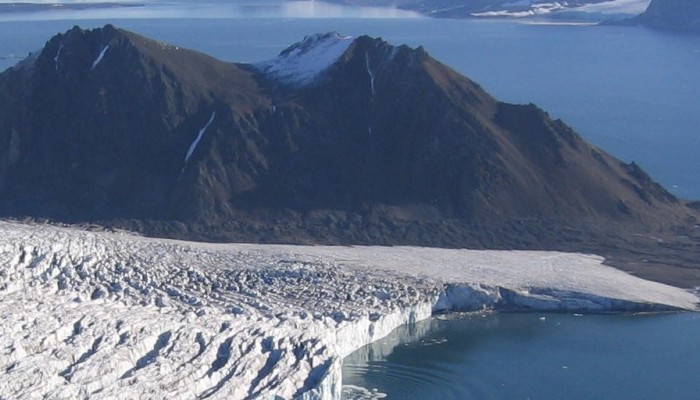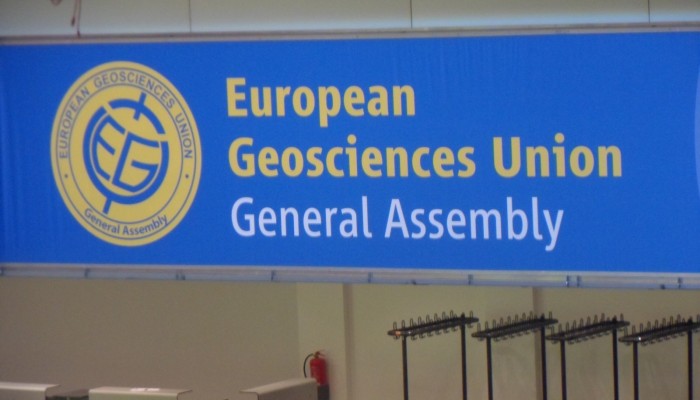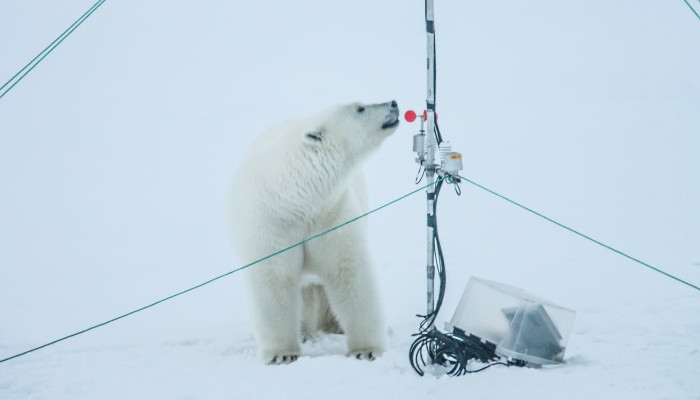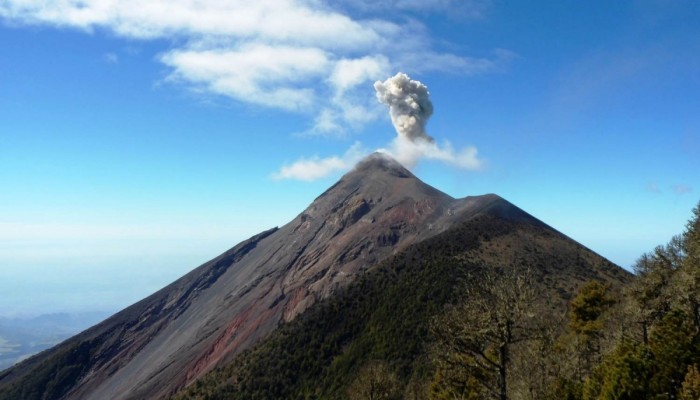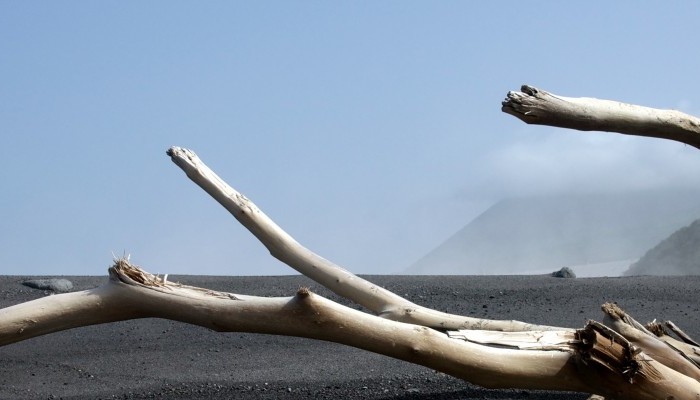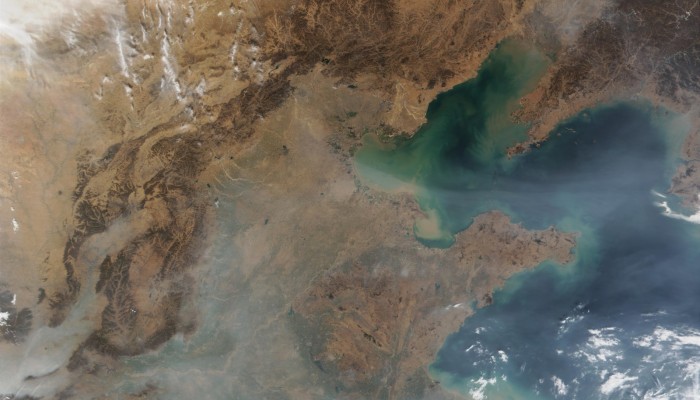The Svalbard archipelago is considered to be one of the best places to study the geological history of the Earth because its rocks represent every geological period. This image shows a view from the peak of Fugleberget (569 m a. s. l.; 77º 00’ N, 15º 30’ E) on the south-western coast of the island of Spitsbergen. Glaciation of this geologically diverse area gave rise to a variety of geomorphic fea ...[Read More]
Geology for Global Development
EGU15: Natural Hazards Education, Communications and Science-Policy-Practice Interface
As we approach the EGU General Assembly (12-17th April 2015), we share one particular session of interest with you – focusing on natural hazards education, communications and the interface between science-policy-practice. Please share this image with anybody who may be interested, and submit your ideas/topics/questions for our discussion session online here.
Cryospheric Sciences
Do Beers Go Stale in the Arctic? – Jakob Sievers
A story about CO2 -fluxes between sea-ice and the atmosphere What’s it all about? Whenever I have had to describe my PhD research project to people outside of my research community, I have always found it useful to use an analogy most people are familiar with, namely beers. Now that I have the full attention of the entire class, allow me to explain. Say you were to find yourself at an outside café ...[Read More]
Geology for Global Development
HFA2: News, Blogs and Resources
From 14-18th March, disaster professionals, politicians and other stakeholders will be gathering in Sendai (Japan) at the UN World Conference on Disaster Risk Reduction (WCDRR). The aim of the meeting will be to agree upon the final text to replace the Hyogo Framework for Action, the UN guidelines for action on disaster risk reduction and strengthening resilience. Today’s post collates some key ba ...[Read More]
GeoLog
EGU 2015: Getting to Vienna, getting to sleep and getting to know the city
With the conference only a month away here is a brief, and by no means comprehensive, introduction of how to get to Vienna and what to do when you’re there! Getting here Vienna’s International Airport is served by many of the major European airlines. If you would like to consider overland you’ll find more information on the General Assembly website. And, if you haven’t seen it already, make sure y ...[Read More]
Soil System Sciences
Soil science, food production and hunger in Africa
A child dies from malnutrition or related causes every five seconds. Every child who dies from hunger is assassinated. And we have a herd of market traders, speculators and financial bandits who have turned wild and constructed a world of inequality and horror. We have to put a stop to this. Jean Ziegler Soil as a resource A long history of land use Ever since man learned to cultivate, soil has be ...[Read More]
Cryospheric Sciences
Only extremes – Babis Charalampidis
– In fieldwork, you have no average. You just have extremes. When Daniel spoke his mind out loud we were facing a bright sunny day coming in from the opening of our tent. We were very glad to see that and ready to engage with our glaciological tasks. Our camp site was at the immediate fore field of the A. P. Olsen ice cap in Northeast Greenland. We had arrived there the previous evening and ...[Read More]
GeoLog
Imaggeo on Mondays: Pyroclastic flow, Montserrat
Below the warm and tranquil waters of the Caribbean, some 480 km away from Puerto Rico, the North America Plate is being subducted under the Caribbean Plate. This has led to the formation of the Lesser Antilles volcanic arc; the result of the formation of reservoirs of magma as fluids from the down going North America Plate are mixed with the rocks of the overlying Caribbean Plate. The continued m ...[Read More]
Geology for Global Development
HFA2: Let’s define what we mean by ‘multi-hazard’…
From 14-18th March, disaster professionals, politicians and other stakeholders will be gathering in Sendai (Japan) at the UN World Conference on Disaster Risk Reduction (WCDRR). The aim of the meeting will be to agree upon the final text to replace the Hyogo Framework for Action, the UN guidelines for action on disaster risk reduction and strengthening resilience. Today’s post, adapted from ...[Read More]
Atmospheric Sciences
How we might lose the battle against climate change … or against any other environmental problem?
This would not be a blog about atmospheric science if I did not talk about climate change. But I won’t be talking about the science of climate change… there are numerous blogs including here that will talk much better about this. The problem that will be addressed here does not only refer to the “battle” we are currently facing with climate but also numerous other environmental issues ...[Read More]

